Here at Pacific Standard we believe culture matters: for carrying us to new worlds, taking stock of changes in the worlds we know, inventing ingenious solutions, and bringing to light untold stories. All year we’ve gone diligently to some of the most relevant and prolific creators we could find for recommendations of fine art, literature, music, and other media that make the world a livelier, more just place. Now we’ve asked our staff to offer the same.
We present here our top culture picks of 2017—eclectic selections from some culturally curious non-experts. We hope you enjoy, and take heed—apparently engaging with the arts goes hand in hand with being a more engaged citizen too.

BEST DIGITAL PHENOMENA
When Pixels Collide
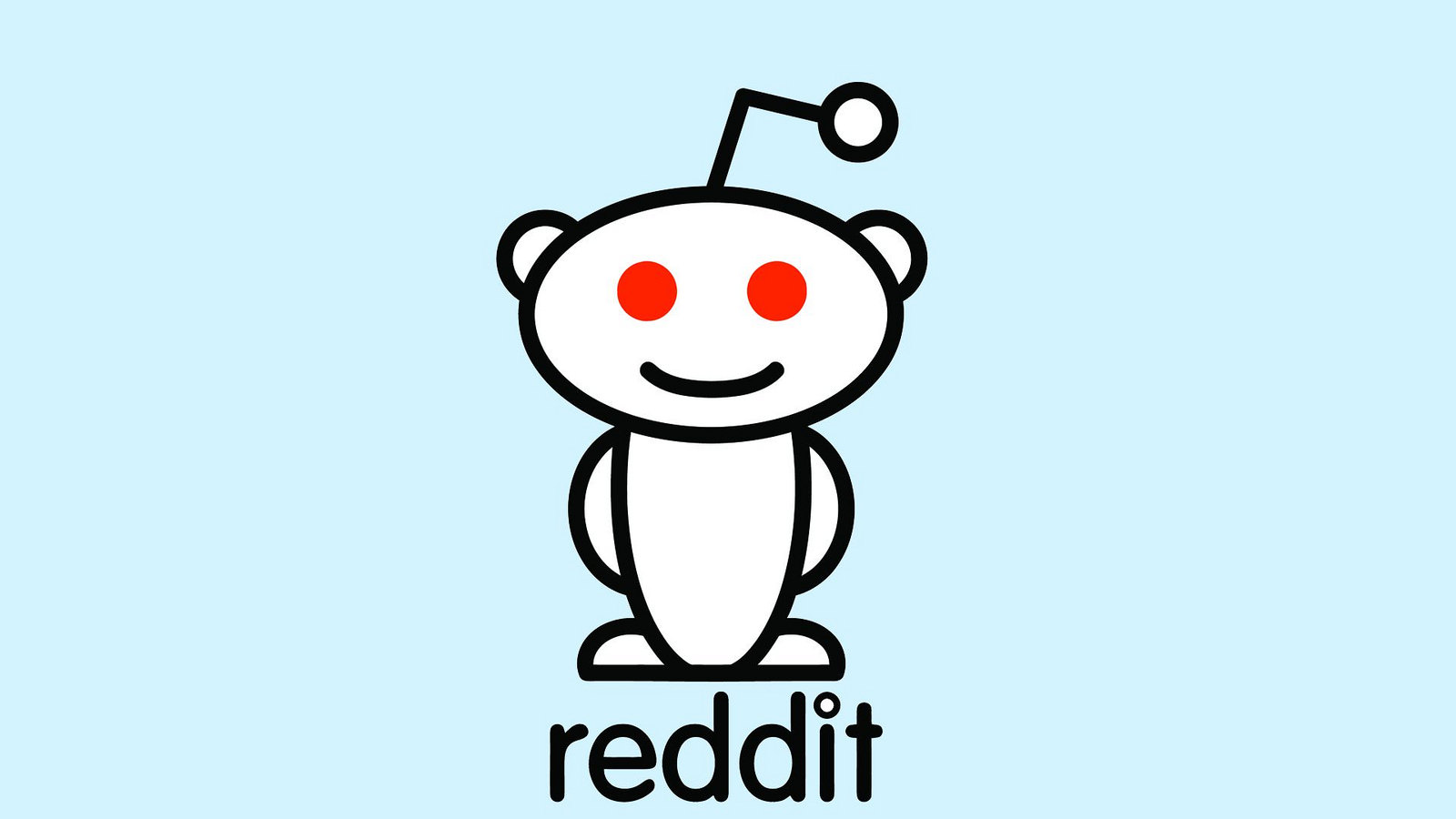
On April 1st, the Internet message board Reddit launched a space where people could place single pixels of color on a shared screen. Over the next 72 hours, anonymous Internet users worked together—and fought each other—to fill the space with incredible art: cartoon characters; a block of text retelling an inside joke, rendered to look like a medieval manuscript; a reproduction of the Mona Lisa; also, flags and rainbows. Every image was created pixel by pixel, by strangers coordinating with each other over forums and chats. You can read a history of the space here. It’s a detailed look at what can emerge from a collective Internet, and it has a happy ending. —Francie Diep
Snapchat Ghost Mode

Earlier this year I received, out of the blue, this text from a friend: “Why are you driving a boat up the Hudson?” This struck me as a curious inquiry for two reasons. First, my friend seemed to know my whereabouts with an uncomfortable level of precision: I was driving up the Hudson. Second, he had narrowed in on my mode of travel with a humorous level of imprecision: As any reasonable person would expect, I was driving up the Hudson in a car.
It turned out my friend’s (un)intel came from Snap Map, a Snapchat feature that places your Bitmoji avatar on a cartoon projection of the world for all your friends to see, and whose geolocation inaccuracy had placed me in the middle of the river on an animated boat. Enter me discovering “Ghost Mode,” a feature that lets you remove yourself from the map as your friends see it—and providing further proof that Snapchat is the creator of, and solution to, all Millennial friendship and relationship problems.
In a year marked in part by large-scale data breaches, and which closes with a botched corporate attempt at making user-data collection seem cutesy (see: Netflix), Ghost Mode reminds us that, even though everyone on social media is resigned to letting corporations access his or her whereabouts, it’s still great when our friends, and all others, cannot. —Ben Rowen

BEST FILM & TELEVISION
American Vandal
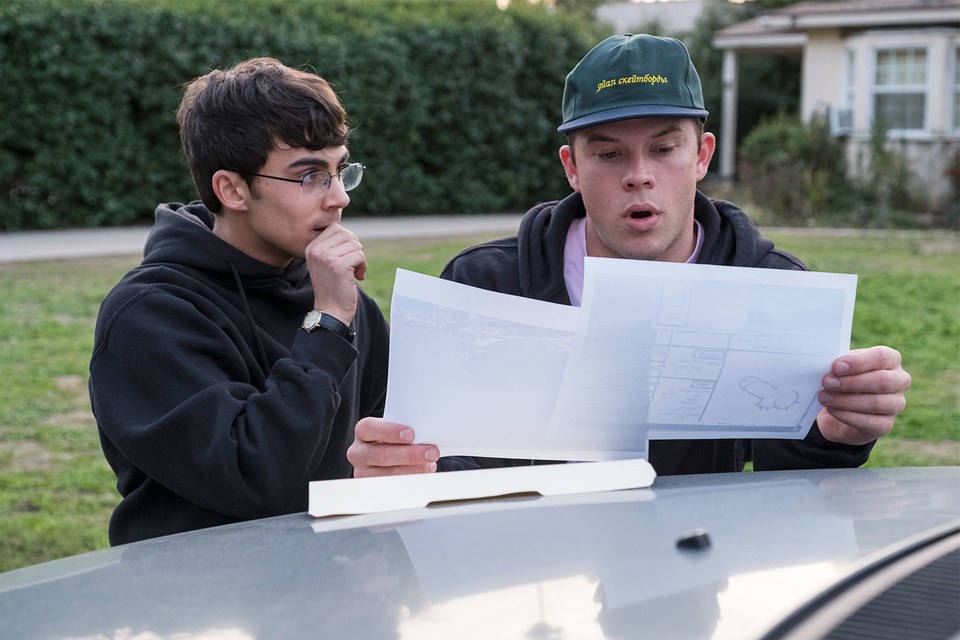
It’s rare that a spoof supersedes the object of its mockery, but historically there are instances: the movie This Is Spinal Tap. The better seasons of The Daily Show. All of Jonathan Swift’s Gulliver’s Travels. American Vandal falls into this tradition, and deserves to be mentioned in the same breath as the rest. It’s an odd miracle of a show, aping the investigative tics of prestige true-crime while applying them to high school scenarios—most centrally, the mystery behind a penis-drawing prank— that at first seem ludicrously slight. But then you start caring about the characters much more than you should. As a high school portrait, American Vandal is loving and oddly transcendent; as a portrait of technology and social media, it’s scarier than Black Mirror. Creators Dan Perrault and Tony Yacenda have achieved a rare apotheosis of parody where the spoof becomes as engrossing as the real thing, inspiring a degree of conspiratorial speculation that we normally see only after a major act of terror, or a Game of Thrones finale. You begin the series wondering who drew the dicks; by the end, you’re almost complicit: We drew the dicks. —Ted Scheinman
Three Billboards Outside Ebbing, Missouri
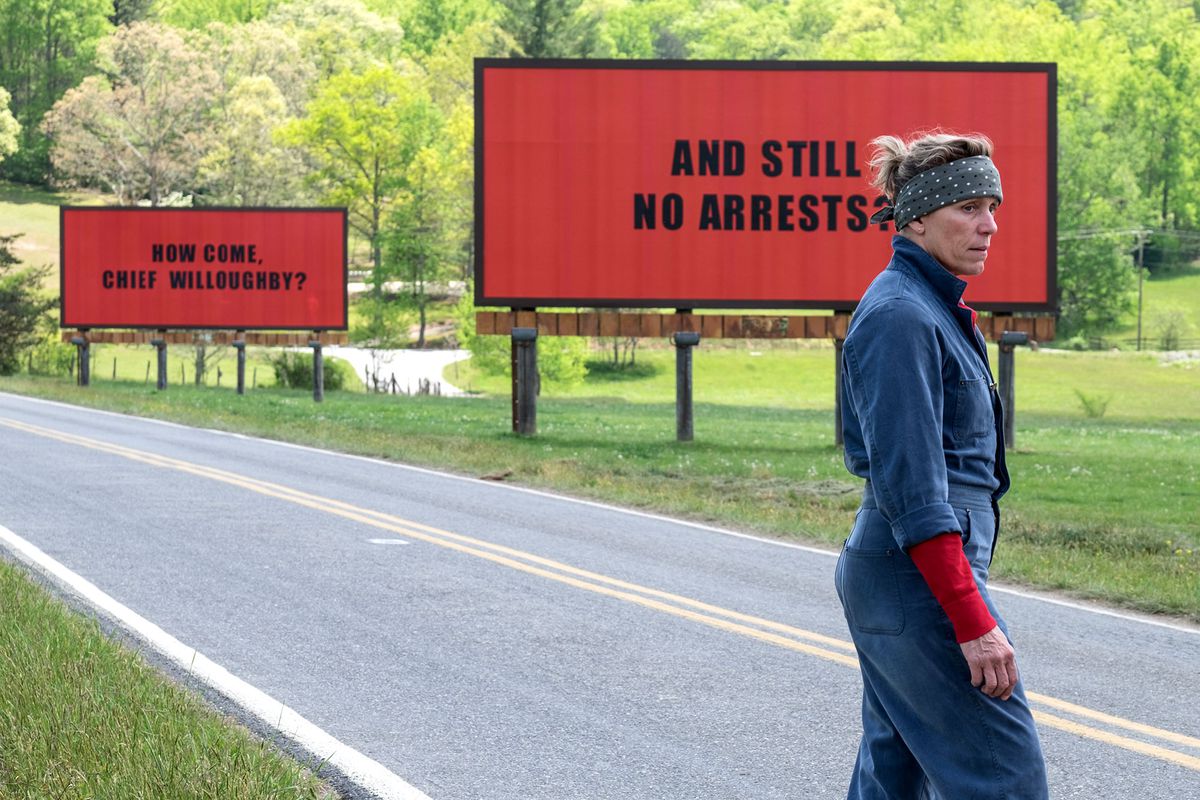
While some criticized Three Billboards Outside Ebbing, Missouri, for being formulaic, I experienced as much shock value from it as from There’s Something About Mary or Pulp Fiction (which is not to draw parallels between the films; there really aren’t any). Billboards pulled me to the edge of my capacity for empathy, even toward the characters who deserved empathy. It depicted racism in a way that seemed cliché and over the top, yet offered no real justice for the racists it portrayed. (And here I defer to Hanif Abdurraquib, who had many excellent things to say about how the film failed on race.) Billboards is a sad tale of a shitty world where shitty things happen, and bad people get away with them, and good people strain to be good. It was, in my experience, a film that dwelled firmly in the realm of contradiction—so much so that I often found myself expressing the opposite emotion from what I knew was appropriate. Which is a hell of a thing for a film to do. —Jennifer Sahn
Get Out
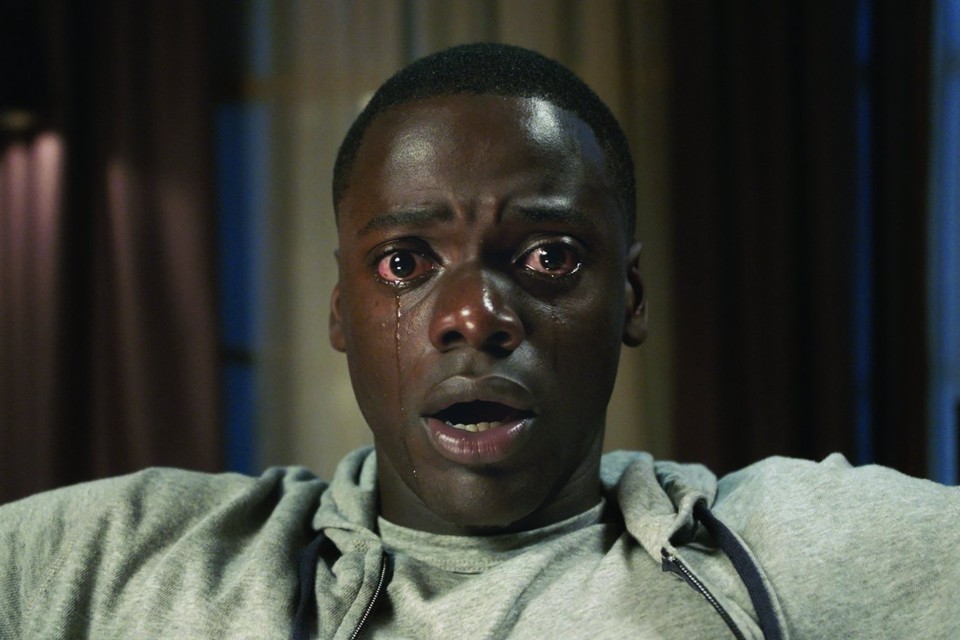
Jordan Peele’s Get Out is, structurally, standard-issue horror: “Naive innocent becomes entrapped in a sinister world and must fight to escape” is a numbingly familiar plot. But Peele refreshes it by trading in an equally familiar stereotype, that of a “scary black man,” for its subversive mirror image: a scared black man preyed upon by white tormentors. As a metaphor for how society uses men of color and then discards them, it’s remarkably on the nose. But it’s also a work of primal, visceral power–one that leaves audiences rooting for the black hero to kill the evil white villains. —Tom Jacobs
I Love Dick
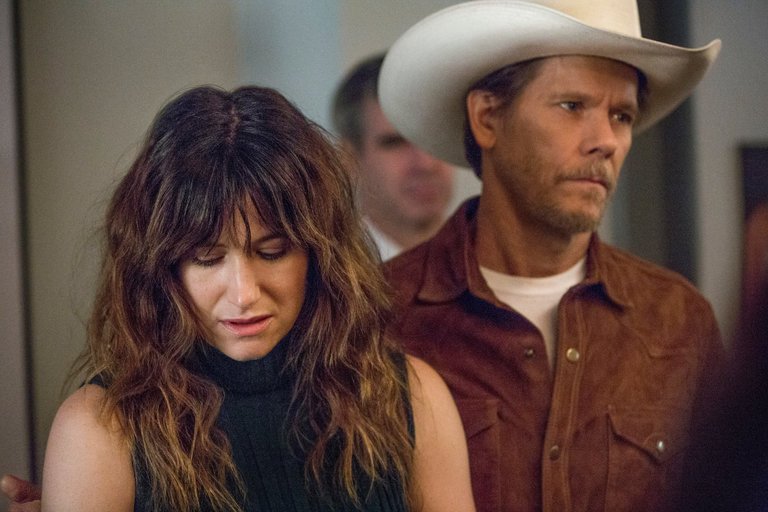
Jill Soloway’s miniseries I Love Dick didn’t create as much buzz, but it, too, inverts a familiar trope. It focuses on a failed filmmaker, Chris, who attends a writers workshop in Texas and falls madly in lust with the leader, Dick. When he rejects Chris, she—echoing tactics we’ve heard in many recent allegations against powerful Hollywood men—refuses to take no for an answer. In an act of desperation or revenge, she posts copies of her erotically charged fantasies about him around the town. This makes Dick profoundly uncomfortable, and he gradually realizes why: He’s being treated as a sex object. “It’s humiliating,” he sighs. These moment of recognition are what make I Love Dick a must-watch for men. It’s easy to identify with his feelings of degradation, and that allows us to get a sense of what women go through every day. —Tom Jacobs

BEST MUSIC
What Now
The April release of Sylvan Esso’s second album, What Now, was one of the only good things to happen this year. The duo’s electro-pop sound hasn’t changed much since their self-titled debut dropped in 2014, which I find comforting as this calamity of a year comes to a close. What Now reminds me of simpler times three years ago, when I was on the verge of moving across the country to California, before the whole state went up in literal flames. But Sylvan Esso’s music is hardly stagnant; What Now seems more polished, more purposeful, and more jaded than their charmingly lo-fi first album, with more robust bangers—like “Just Dancing” and “Song”—to fulfill all your dance-pop needs. And if “Die Young” isn’t one of the most devastating and relatable love songs you’ve ever heard, well, I guess you’re not like the rest of us willing to dissolve completely and recklessly into a relationship. But I bet you’ll still enjoy it. —Kate Wheeling
DAMN.
Kendrick Lamar’s DAMN. rounds out an increasingly unassailable musical resume, for an artist in a daunting spot. Every time Lamar releases a new record, the hype reaches a level where anything other than classic will likely be decried as a disaster. DAMN. answers that challenge—it’s a culmination in many ways of the bare-knuckle production and haymaker delivery that Lamar has been expanding and perfecting since his studio debut, Section.80. The standout tracks on DAMN. were both expected–”Loyalty” featuring Rihanna couldn’t miss–as well as surprising: U2’s appearance on “XXX.” actually works. And the stunning visuals for the accompanying music videos—specifically the papal attire, Last Supper-recreation, and inventive camera work in “Humble”—are pitch-perfect. —Ian Hurley
Rocket
Alex G gets compared to Elliott Smith a lot, I guess because they both play guitar and whisper when they sing. But that’s doing a disservice to Alex G (short for Giannascoli), who is musically plucky and defiant in a way that Smith, frankly, never was. On his latest, Rocket, Alex G adds traditional Americana instrumentation—the song “Powerful Man” has enough twang to pass for Uncle Tupelo—to his repertoire, along with fuzz-laden punk, piano ballads, and a touch of trance. If there’s one song to hear on Rocket it’s “Bobby,” a bittersweet meditation on both self-doubt and self-improvement, sung in duet by G and Emily Yacina over a banjo, fiddle, and slide guitar. —Max Ufberg
Shitty Hits
Shitty Hits, Katie Von Schleicher‘s second release of grimy-yet-orchestral rock, has a strong claim to being the year’s best album title. It’s also got some of 2017’s best songs. The most essential might be “Nothing,” four absorbing minutes of guitar, synths, and brass with spare, desolate lyrics. When Von Schleicher sings “I can’t feel nothing at all,” it sounds like she’s actually feeling a lot. Her detachment is full of drama, capturing a kinship between apathy and emotional overload—almost as if she’s willing herself to feel nothing so she can avoid feeling too much. Von Schleicher’s music basks in this emotional push-and-pull, and this year, no one sang it better. —Elena Gooray

BEST BOOK
Meet Me in the Bathroom
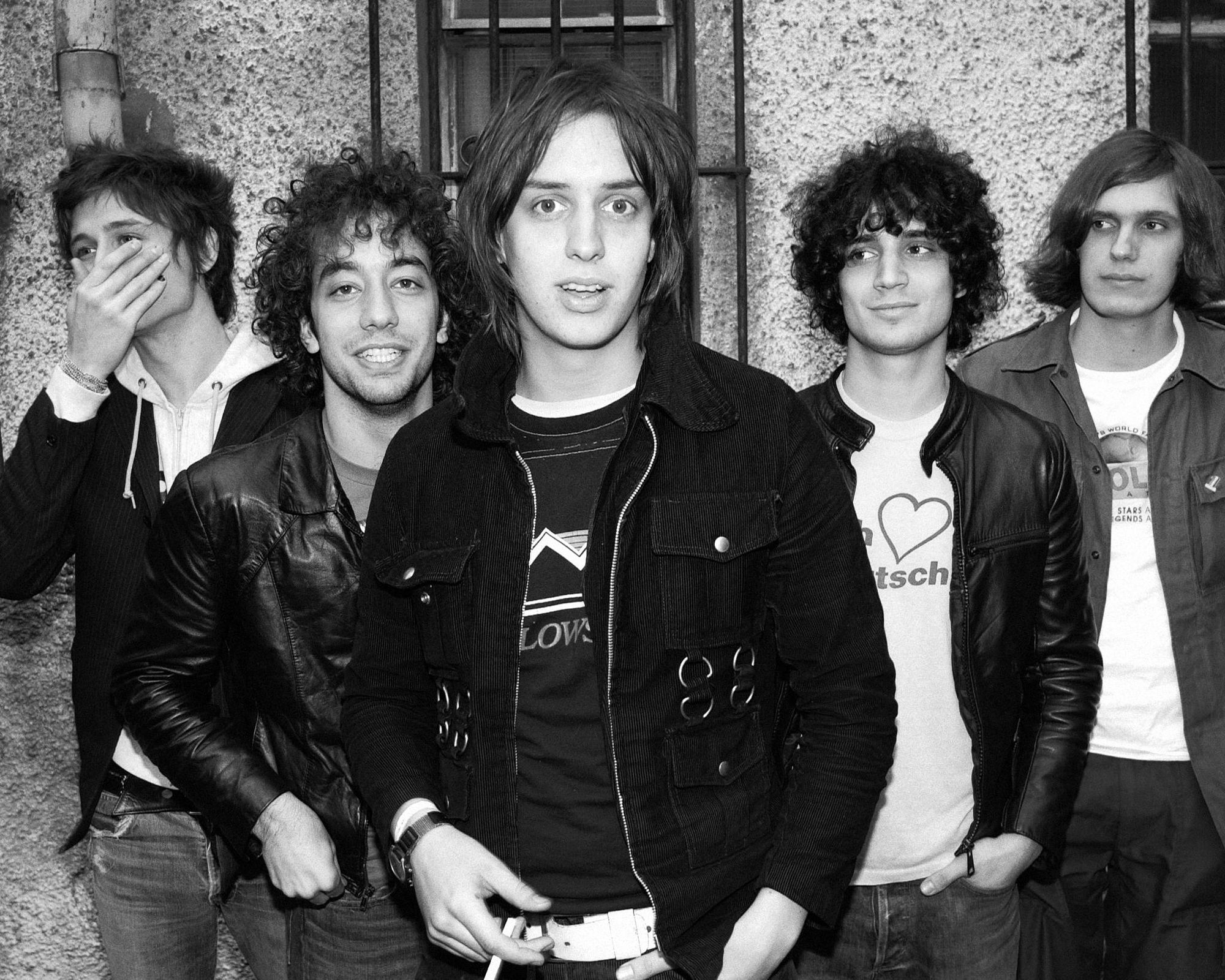
(Photo: Wikimedia Commons)
Lizzy Goodman’s new oral history could have settled for being a gossipy look at a bunch of rock bands from the early aughts, and it would have been pretty great. We’d learn about turn-of-the-century New York’s artistic trends, the city’s divergent and insurgent histories of rock and dance music, and the rise of cultural omnivorousness in the music scene. Meet Me in the Bathroom gives us all that, but its tightly edited 600 pages are as concerned with the epochal as they are the musical. It’s about the rise of the Internet and the collapse of the music industry, about quality-of-life policing and gentrification, about the seminal, searching darkness after 9/11, about the end of Manhattan and the “beginning” of Brooklyn, about the end of Brooklyn and the Brooklynization of the world. It’s about the last rock stars. It’s about everything. —Jack Denton

BEST MEDIA
On Photography
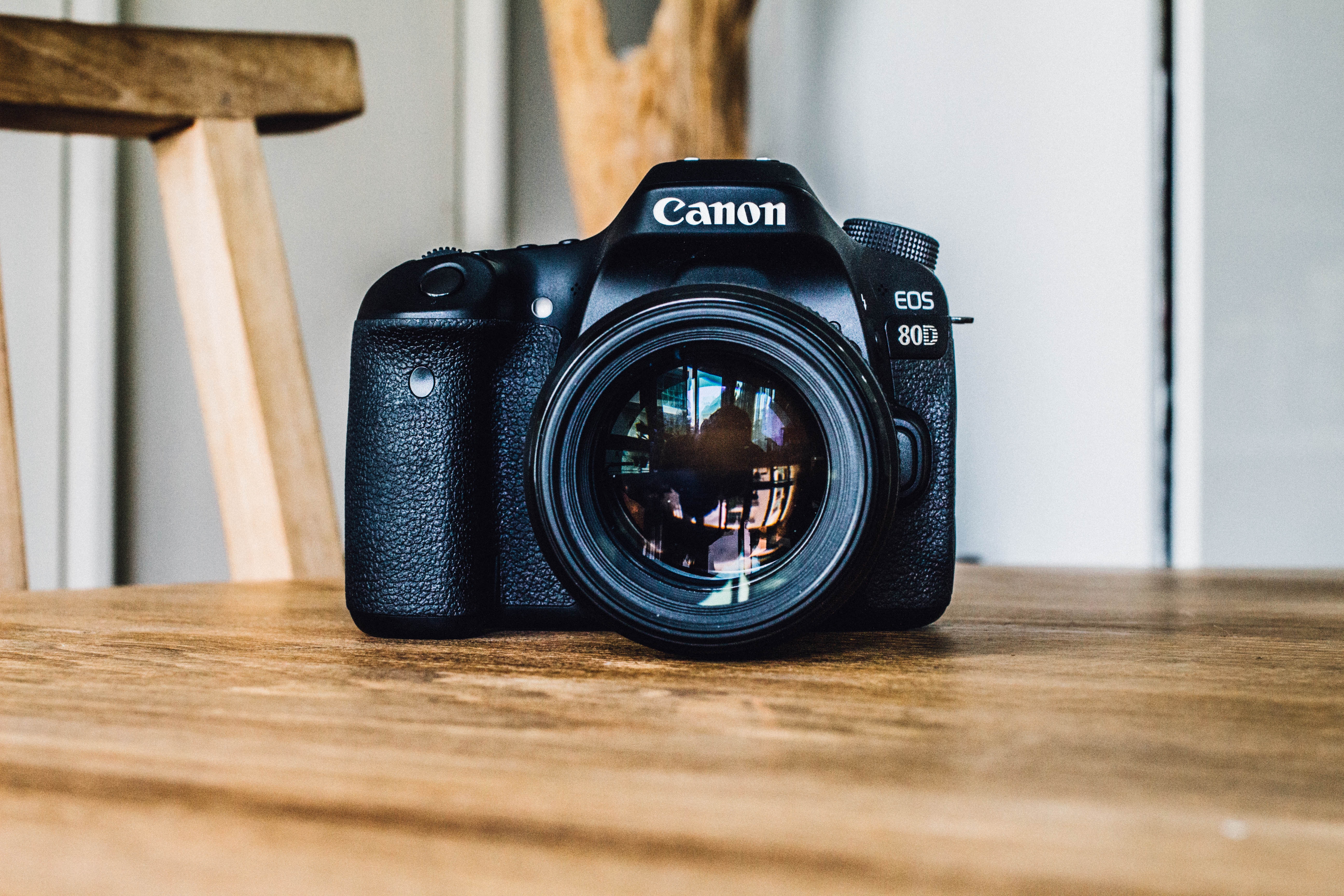
If I had to pick a spot on the Internet that consistently distills fascinating ideas about photos, it would be Teju Cole’s New York Times column “On Photography,” which, with some help from Geoff Dyer, brings refreshing attentiveness to a medium too often treated as just a conduit. In a November post for the series, Cole likens a photograph to a broken window on the 32nd floor of the Mandalay Bay hotel, closing with an apt observation for a tumultuous year: “When the window breaks, what intrigues us is the brittleness that was there all along.” Photographs have generally had a big 2017, sparking or buoying many discussions—political, personal, and aesthetic. To name a few checkpoints: We had photos that attempted to package political dissatisfaction and dissent, photos that tried to measure influence and others that tried to jab at it, photos that were stunning in their otherworldly beauty, and others that were stunning in their horror and realness. —Varun Nayar
The Baltimore Beat
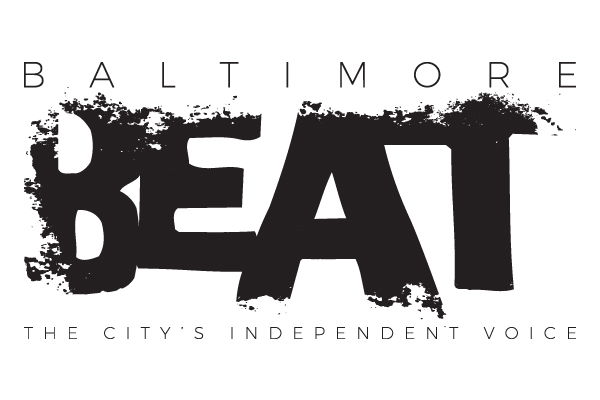
Watching some of the country’s finest and most precious news sources topple—or be gutted—has been among the most soul-crushing parts of this year. But alt-weekly reporters have been dogged in continuing their work. Among the best examples: the Baltimore Beat, a new weekly paper run by former editors and publishers of the now-defunct Baltimore City Paper. In the month the weekly has been live, it’s already published an exhaustive rejoinder to the suspicious death of a Baltimore police officer, a profile of one of the city’s most diligent activists for the black community, and inimitable arts coverage of the metro area. Here’s to hoping that, in 2018, more reporters get the chance to do the same. —Morgan Baskin
Rolling Stone’s 50th Anniversary

This was the year the now-struggling pop culture bible turned 50. It’s felt like 50 for a while, cycling through the same expected cover stars (Led Zeppelin again? Another Pearl Jam interview?), but a great many of the best journalists working today were inspired to get into the business because they fell in love with Jann Wenner’s early stars: Hunter S. Thompson’s gonzo political coverage, Ralph Gleason’s manic illustrations, Tom Wolfe’s groundbreaking use of onomatopoeia, Annie Leibovitz’s striking portraits. Even as we watch Rolling Stone slowly fade out, it’s nice to revisit the early years and remember the power a single magazine title once held. There has been a lot of worthwhile writing on the occasion of this anniversary, but I wouldn’t miss Mike Sager’s story of his time at Rolling Stone, in Esquire. Here’s a representative excerpt:
To report the crack story, I’d spent six weeks hanging out with the vatos of the Venice gang. … During my time in the hood, I was shot at by a rival gang. I rode along on a retaliatory drive-by. I was handcuffed in the gutter, one knee between my shoulder blades, by cops from the infamously crooked Rampart division, part of CRASH (Community Resources Against Street Hoodlums). And I smoked a good amount of crack. (All of this I was allowed to put on my expense account, without receipts.) I feel compelled to add here that none of my own personal experiences were reported within the original article. It was written in third person. It wasn’t about me.
Anything for the story. —Nicholas Jackson




